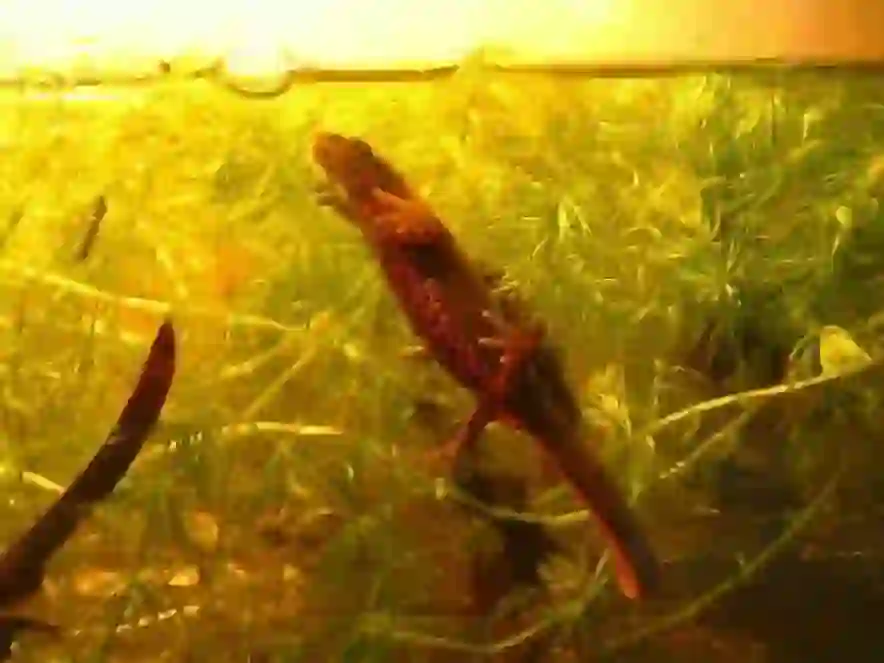
Newt
Newt
Newt
Newts and geckos are often confused, and many people might not know which is which. Although their names are similar, newts and geckos are entirely different! Let's delve deeper into the ecology and characteristics of newts.
Newt Basic Infomation
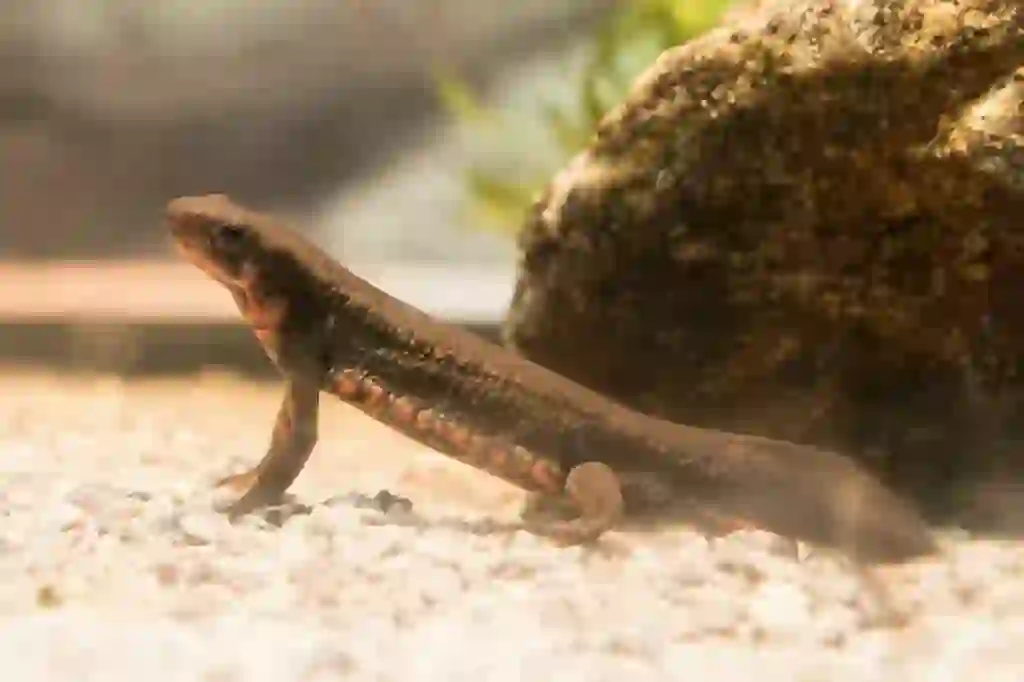
Class: Amphibia, Order: Caudata, Suborder: Salamandroidea, Family: Salamandridae
Body length: 8–13 cm, Weight: 3–12 g
Newts are endemic to Japan, specifically referring to the Japanese Fire Belly Newt.
They inhabit Honshu, Shikoku, Kyushu, and other adjacent islands, but are not found in Hokkaido or Okinawa.
They are commonly found in ditches, paddy fields, marshes, and slow-moving rivers.
The breeding season for the Japanese Fire Belly Newt is spring to early summer. Eggs are laid individually wrapped around aquatic plants, and after hatching, they initially spend time in water, undergo metamorphosis, and then move to land. As they mature, they return to the water.
Newt Q&A

What is the origin of the newt's name?
The name 'newt' comes from the kanji characters meaning 'well-guardian.' Historically, paddy fields were called 'wells,' and newts, residing abundantly in these fields, were thought to protect them by eating pests harmful to humans.
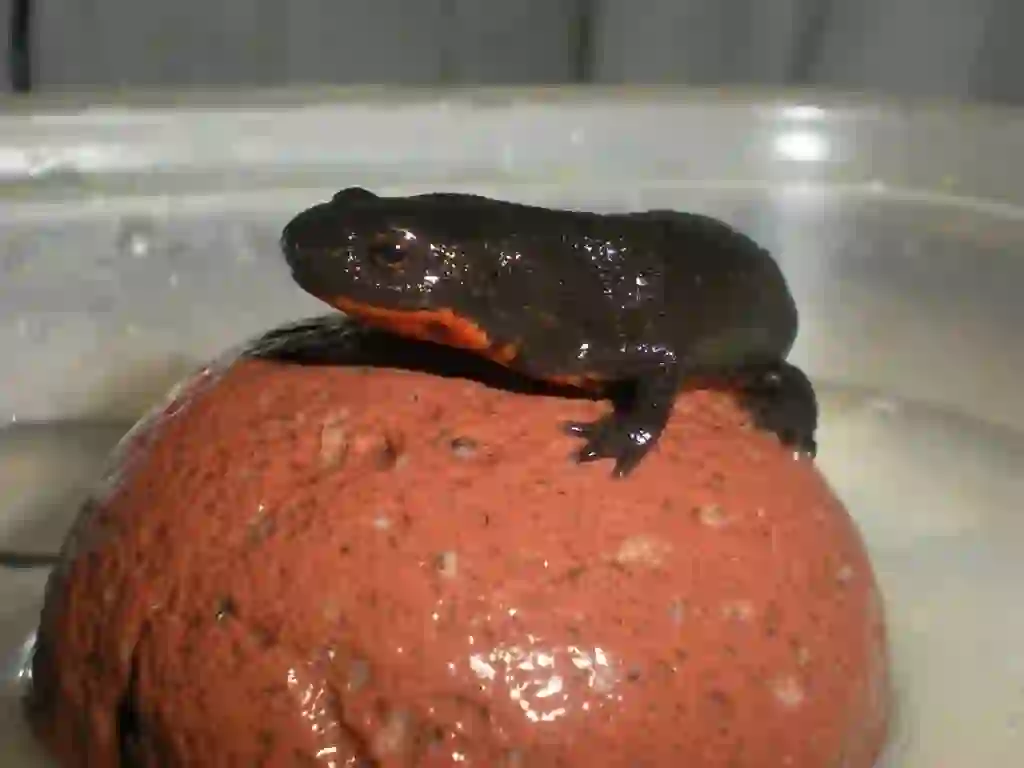
Why do newts live there?
Newts are distributed throughout Honshu, Shikoku, Kyushu, and several other islands. They are not found in Hokkaido or Okinawa due to the extreme climates which are not conducive for their survival. Newts inhabit lowland areas like paddy fields, marshes, and slow-moving rivers, preferring environments with ample water and vegetation where they can hide and hunt.
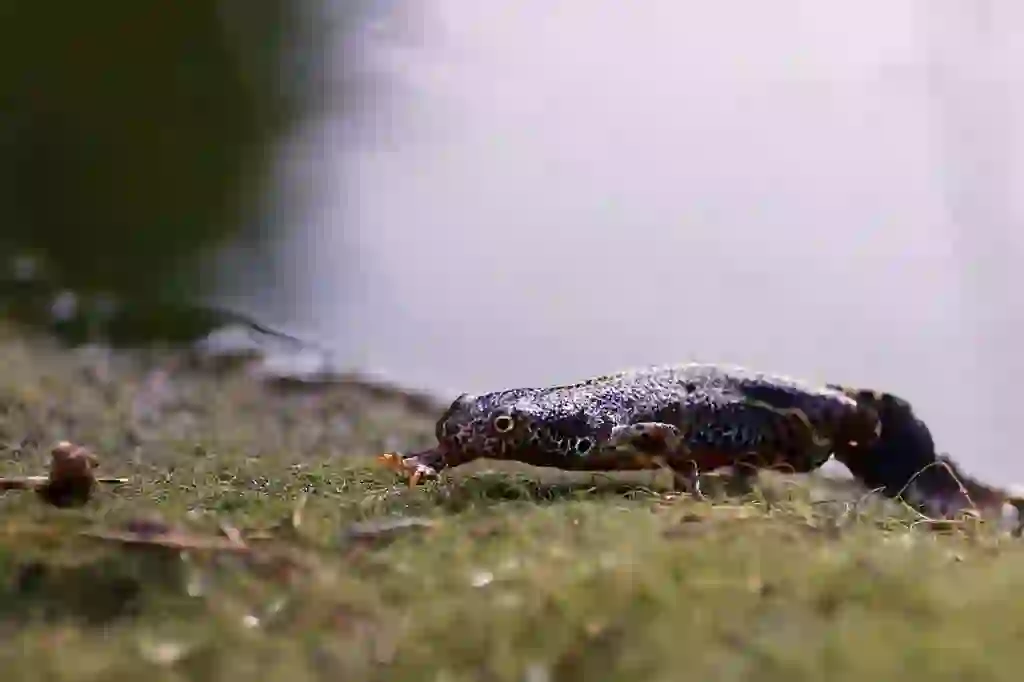
What do newts eat?
During their larval stage, newts eat aquatic organisms such as snails, shrimp, crabs, and aquatic insects. As they grow, they consume worms, insects, tadpoles, and eggs. Adults are known to eat small aquatic creatures, indicating their voracious nature, although they can survive long periods without food.

What are the differences between newts and geckos?
Despite similar names, newts and geckos are quite different. Newts are amphibians, which means they undergo skin respiration and must stay moist, living mostly in water. Geckos are reptiles, which breathe with lungs and are commonly found in drier environments around homes. Newts are characterized by their visibly red bellies, which serve as a warning coloration.
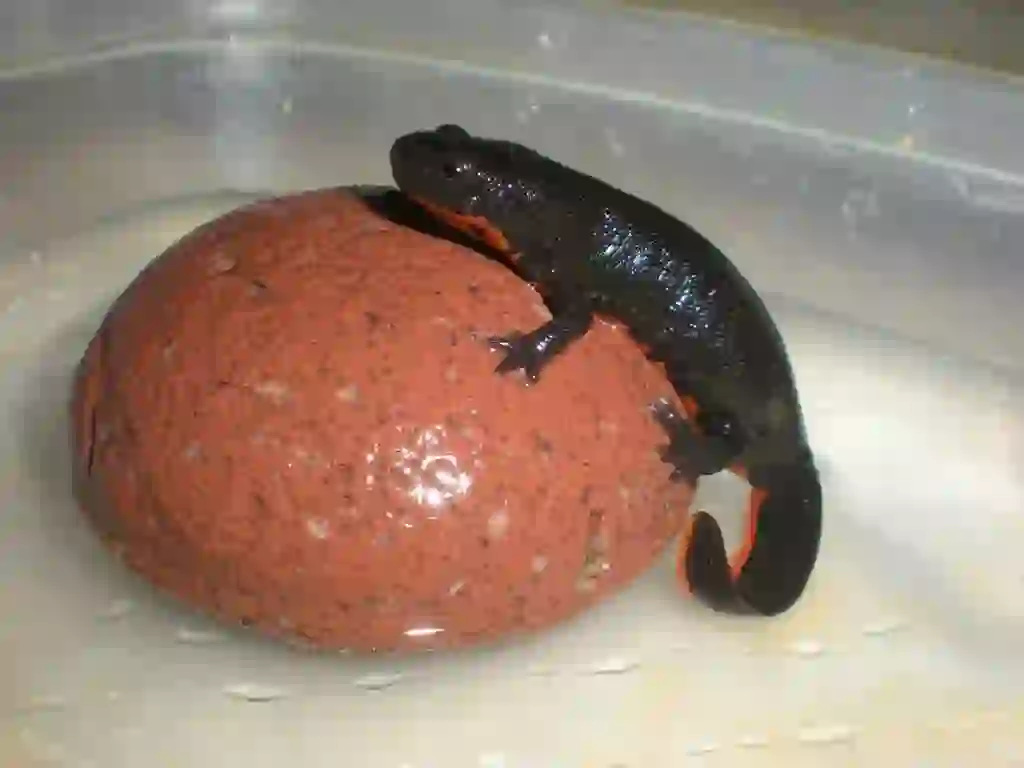
Do newts have venom?
Yes, newts possess a toxin called tetrodotoxin, which is the same toxin found in pufferfish. This toxin can cause numbness, speech impairment, and paralysis if ingested. While handling newts does not pose a risk of poisoning, it's crucial to avoid ingesting any part of a newt or having open wounds when handling them as their toxin does not degrade easily, even under high temperatures.
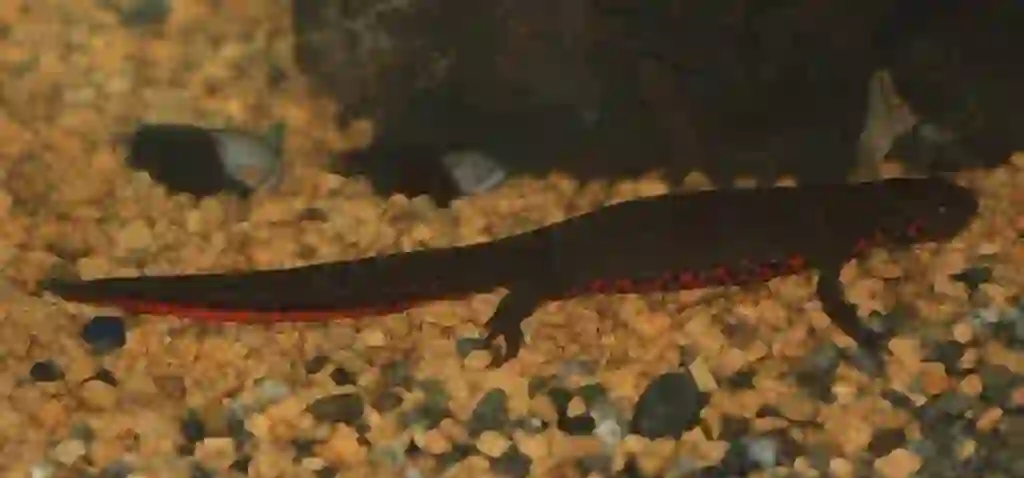
Were newts used as medicine?
Historically, the whole roasted newt was sold as a love potion. The roasting process involved separating male and female newts in a divided cylinder and roasting them, symbolizing unrequited love that burns the heart to blackness. While no longer practiced, this was based on the belief that newts' vigorous mating behaviors had aphrodisiac qualities.
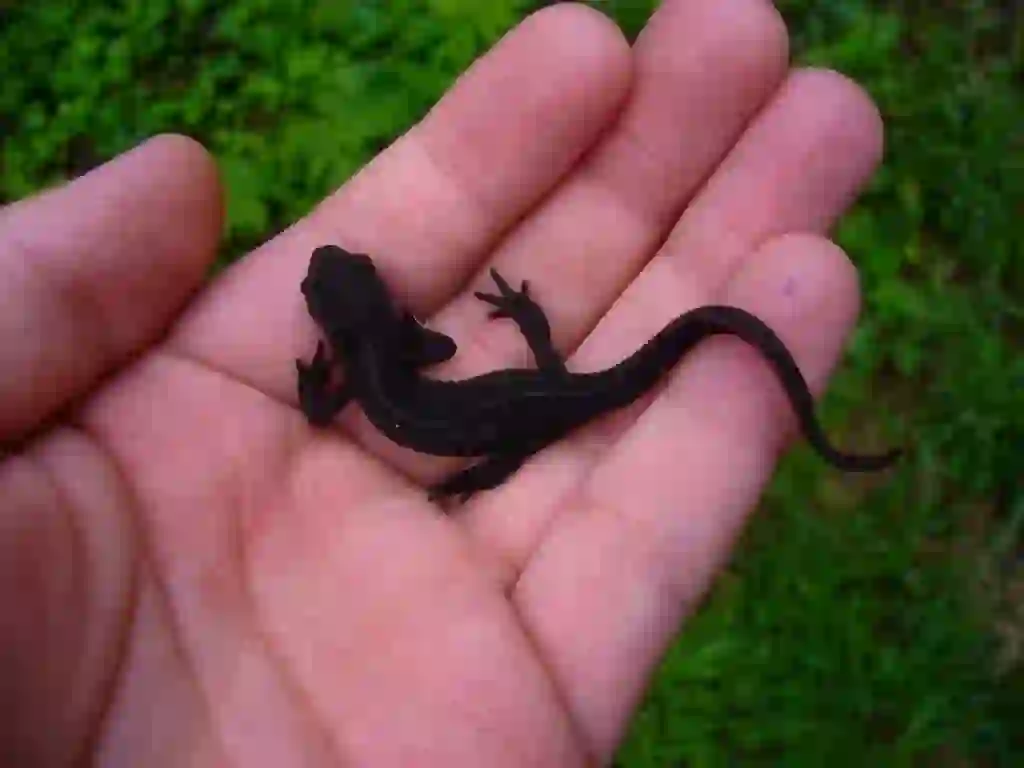
Why are newts' bellies red?
The red belly of the Japanese Fire Belly Newt serves as a warning color to predators about the toxicity of the newt, signaling danger and deterring potential threats.
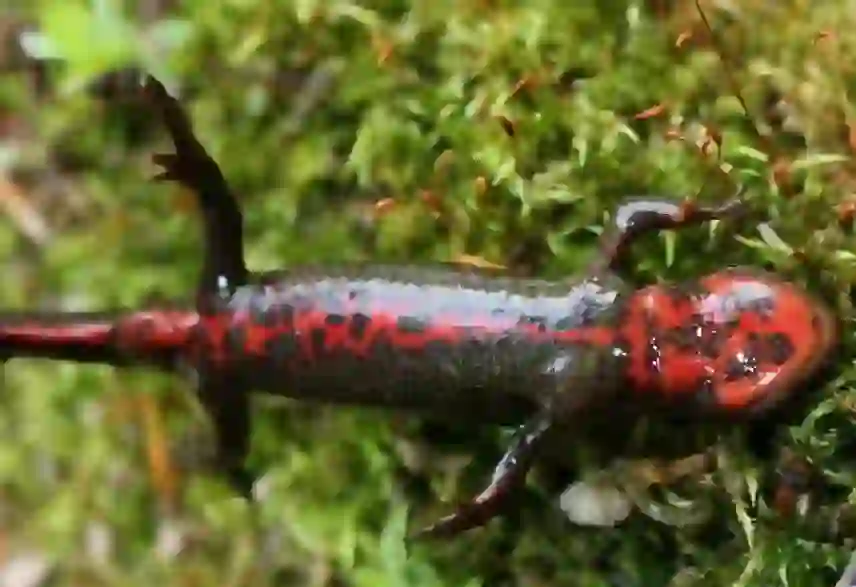
Can newts regenerate their bones?
Newts have remarkable regenerative abilities, including the capability to regenerate not just limbs but also bones, organs, and other body parts. Unlike lizards, which can only regenerate their tails, newts can replace more complex structures entirely.
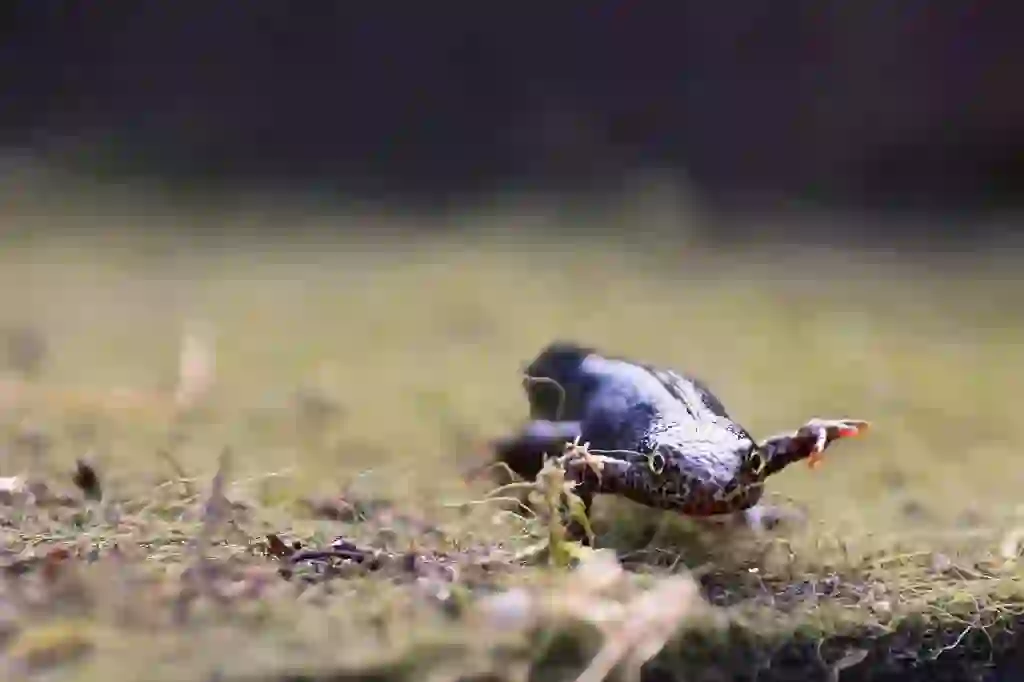
What are some unique breeding behaviors of newts?
Newts exhibit fascinating breeding behaviors. During mating season, the male newt's tail turns a vibrant purple as a courtship display and performs a dance-like movement to attract females. The male releases pheromones, and if the female is receptive, she will follow him and collect his spermatophore to fertilize her eggs, which she then lays on aquatic plants.
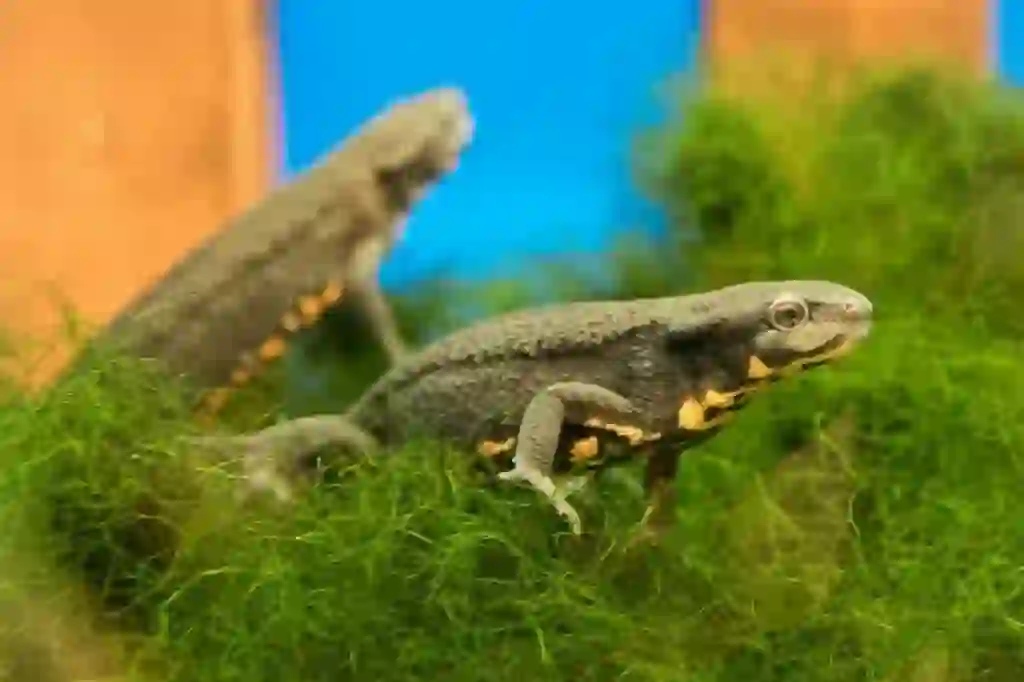
Are newts disliked?
While newts are generally not disliked, they can become pests in certain environments where they consume large amounts of fish eggs or tadpoles, especially during their breeding season.
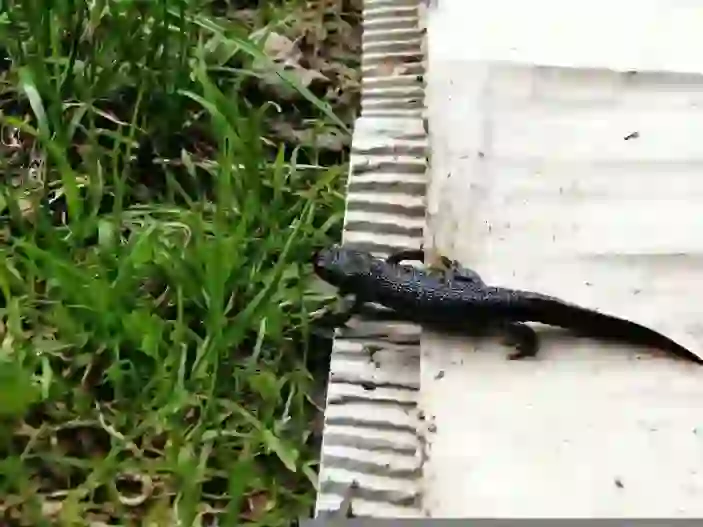
Are newts a threatened species?
As of 2006, newts are classified as 'Near Threatened' on the Red List. This classification indicates that while they are not currently at high risk of extinction, changing environmental conditions could potentially increase their risk.

Is it easy to keep newts as pets?
Newts can be relatively easy to care for as pets due to their resilience to temperature changes and infrequent feeding requirements. They don't need specialized equipment like air pumps, making them suitable for first-time pet owners. However, due to their toxic nature, it is essential to wash hands thoroughly after handling and ensure they are kept securely to prevent escape and potential ingestion by other household pets.

Would you like to become a part of the 'Animalbook.jp'?
Turn your knowledge into Q&A and share it with the world. ※Publication will be activated after purchase. Let's share information together!
Newt Type of List
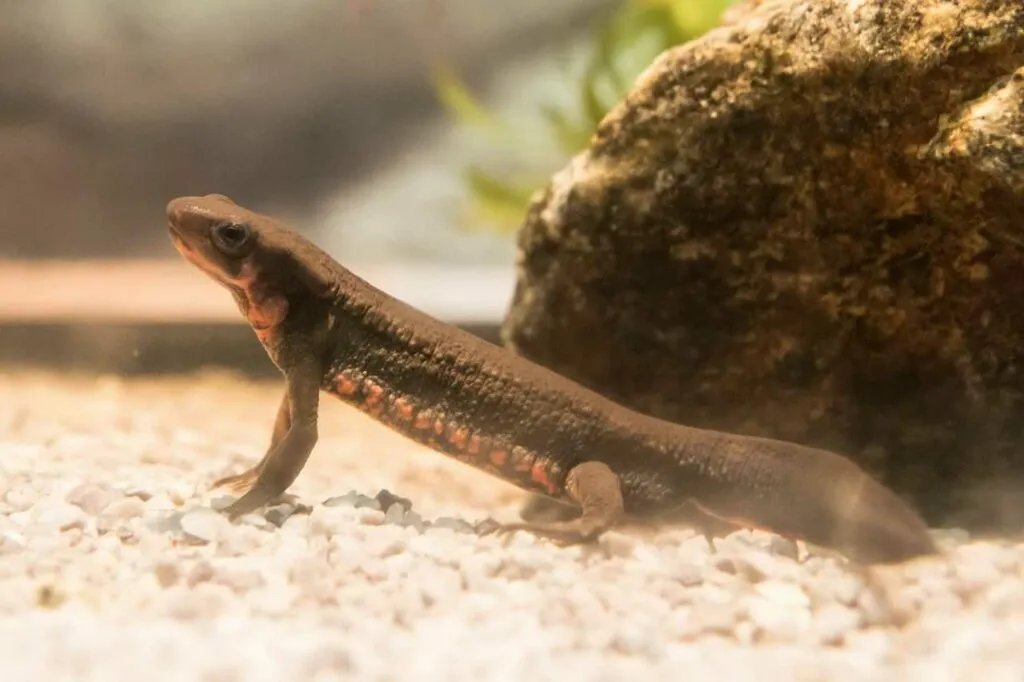
- Japanese Fire Belly Newt
- Sword-tail Newt
- Warty Newt
- Chinese Newt
- Chinese Warty Newt
- Smooth Newt
- Spotted Newt
Information
Congratulations! You are the first commenter!

Create Your Favorite List!
Newt
Save the animals you love! Build your own list to quickly revisit your favorites later.

Would you like to leave a comment?
※Please note: This is for the purchase of rights to post comments within the article.
Find Your Favorites!
Our shop offers a unique and attractive selection of goods themed around various animals.
Newt References

- ・決定版 日本の両生爬虫類2002年9月20日初版第1版
- ・Wikipedia https://ja.wikipedia.org/wiki/アカハライモリ
- ・pepy https://er-animal.jp/pepy/69102#outline_1
- ・イモリちゃんねる https://cynops-pyrrhogaster.com/cynops-pyrrhogaster/poison/#アカハライモリに毒はあるの?
- ・ホンシェルジュ https://honcierge.jp/articles/shelf_story/6527
- ・自然のチカラ~昆虫や野生動物、植物の不思議 https://animalbattles.wealthyblogs.com/?p=13403
Newt Introduction of media used

出典:https://pixabay.com/images/id-607596/

出典:https://pixabay.com/images/id-7108452/

出典:https://pixabay.com/images/id-607595/
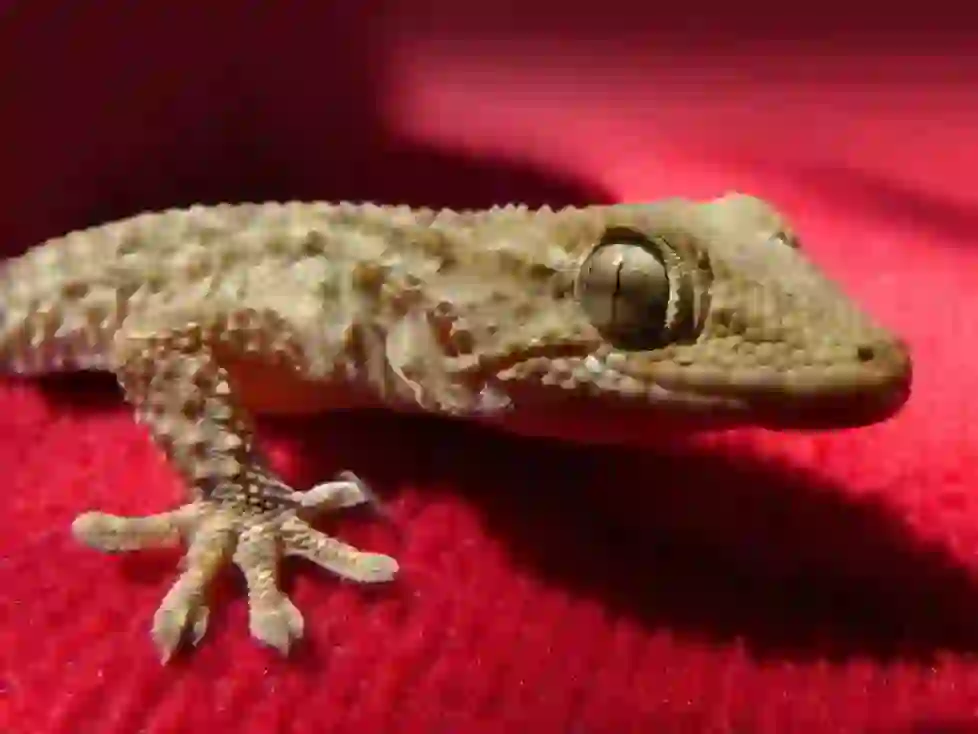
similar
出典:https://pixabay.com/images/id-1236523/

出典:https://pixabay.com/images/id-7108451/

出典:https://pixabay.com/images/id-5388015/

Help Enrich Our Animalbook.jp with Your Media!
We are constantly looking to expand and enrich our Animalbook.jp with amazing photos and videos of animals. If you have any media that you'd like to share, please contribute and help us showcase the beauty and diversity of the animal kingdom. Your submissions will be credited and featured in our encyclopedia, reaching a wide audience of animal lovers.
















